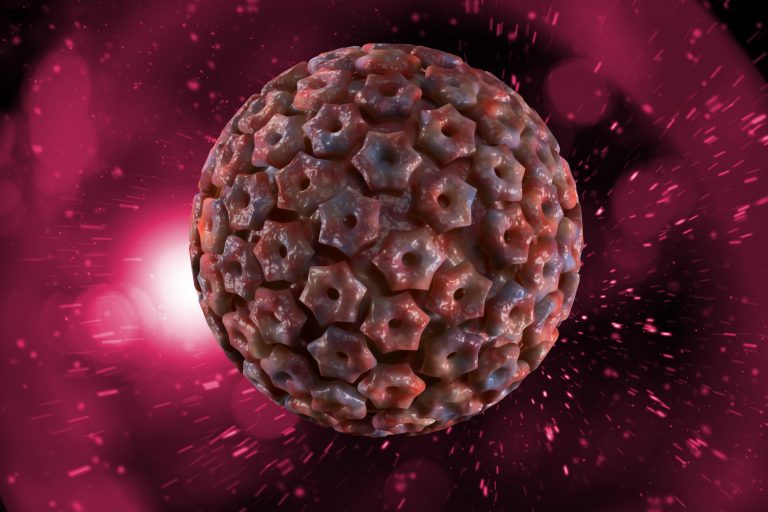
In a “first of its kind” study, researchers at the University of Illinois, Chicago (UIC) have presented information suggesting a new potential direct link between herpes simplex virus type 1 (HSV-1) and neurodegenerative diseases, such as Alzheimer’s disease, amyotrophic lateral sclerosis (ALS), and glaucoma. The team, led by Deepak Shukla, PhD, the Marion H. Schenk Esq. professor in ophthalmology for research of the aging eye, and vice chair for research at UIC. also found that when the protein optineurin, or OPTN, is present in cells it restricts the spread of HSV-1.
The research paper, “OPTN is a host intrinsic restriction factor against neuroinvasive HSV-1 infection,” led by Shukla, was published recently in Nature Communications.
“Fast-replicating neurotropic herpesviruses exemplified by HSV-1 naturally infect the central nervous system (CNS),” the researchers wrote. “However, most individuals intrinsically suppress the virus during a primary infection and preclude it from significantly damaging the CNS. OPTN is a conserved autophagy receptor with little understanding of its role in neurotropic viral infections. We show that OPTN selectively targets HSV-1 tegument protein, VP16, and the fusion glycoprotein, gB, to degradation by autophagy.”
The researchers sought to determine why HSV-1 can become fatal for individuals who are immunocompromised but not for healthy individuals.
OPTN, a conserved autophagy receptor, selectively targets HSV-1 proteins to degradation by autophagy, explained Tejabhiram Yadavalli, PhD, a co-author of the study and visiting scholar at UIC’s department of ophthalmology and visual science.
“OPTN stops the virus from growing and it stops it by autophagy—engulfing the virus particles inside tiny vesicles called autophagosomes. The autophagy that happens is very selective. That has meaning for other viruses as well,” Shukla said.
The researchers believe the results from this study will apply to all eight different human herpesviruses.
For the study, mice with removed OPTN genes were infected with ocular HSV-1. The virus growth was much higher in the brains of animals without OPTN, killing local neurons and eventually leading to animal death.
“Where you have mutated OPTN plus herpes, you have the recipe to create a disaster in terms of neurodegeneration,” Shukla said.
“The study also shows there is an impairment of immune response when there is a deficiency in OPTN. OPTN is needed to signal an influx of proper immune cells at the site of infection. When you don’t have it, you have issues,” said Chandrashekhar Patil, also a co-author of the study and a visiting scholar at UIC’s department of ophthalmology and visual science.
Some of those issues could include neurodegenerative disorders, which researchers believe further research may show.
“We think we will have data to show other viruses, such as Epstein-Barr, Kaposi’s sarcoma, and varicella-zoster, are all going to share this mechanism because they share homologous proteins,” Shukla said.
The study also showed that animals without OPTN and infected with HSV-1 after 30 days lost the ability to recognize objects. Shukla said this could be an indication that having HSV-1 along with a mutation of OPTN could accelerate neuronal damage, which would translate into cognitive impairment.
“Part of our translational research can be how can we correct the problems with OPTN so that we don’t have issues with neurodegeneration,” Shukla said.













